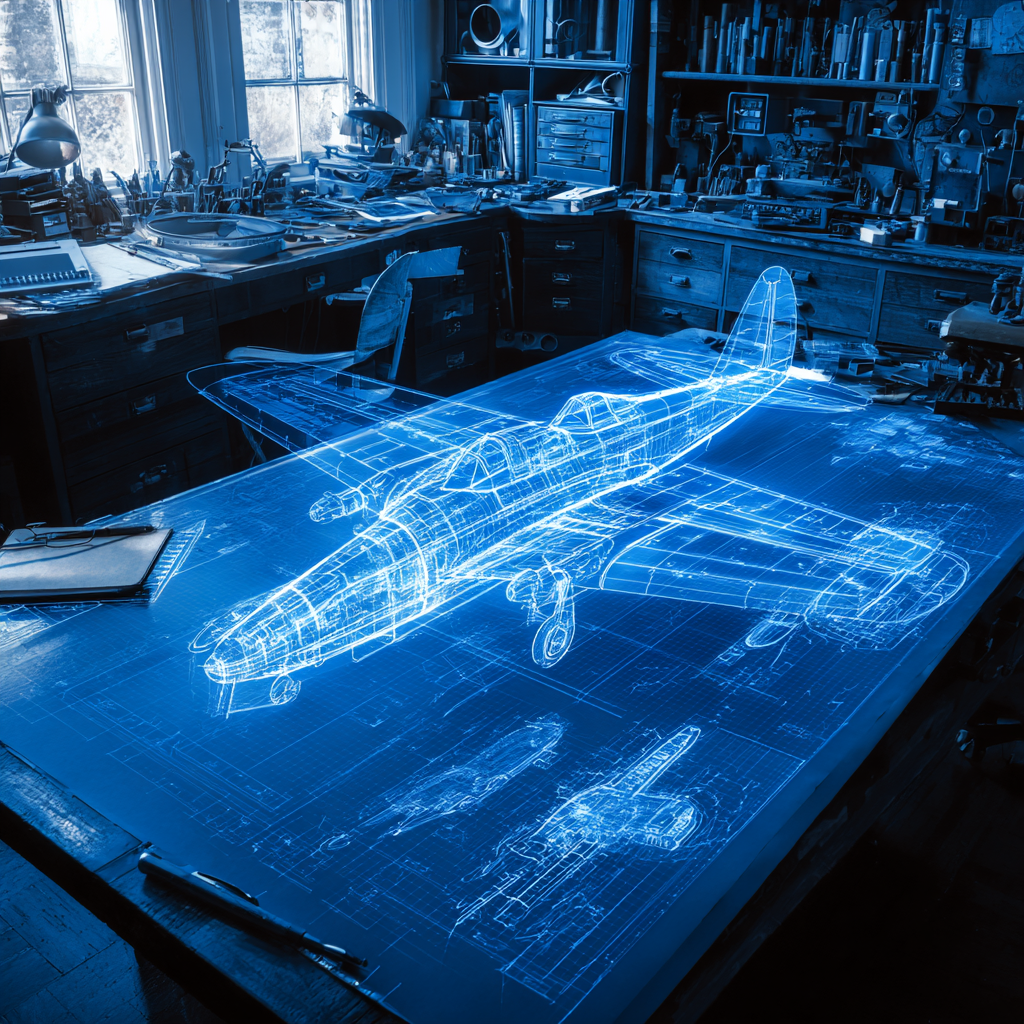How Do You Choose A Large Format Scanner?

How Do You Choose A Large Format Scanner?
In the early days of large format scanner technology, there weren’t a lot of options, and most of what was available was very expensive. The first large format scanners were black and white only. There was no color scanning capability. In the early 1990’s color scanners were introduced and gradually, throughout the ensuing years, scanning technology has improved and scanner costs have come down, until today, nearly anyone who needs to scan large format documents can find a scanner that will do the job he needs to be done at a price he can afford to pay.
Scanning Technologies
Today’s large format sheet-fed scanners are generally one of two types: CCD or CIS.
CCD stands for Charged Coupled Device. This is the same kind of imaging sensor that is found inside your digital camera. A CCD uses an actual apochromatic lens to reduce the image onto the imaging sensor. This method is great for capturing very high-resolution details along with widened color space. Another benefit to CCD scanning is a greater depth of field. This is helpful if you plan to scan many folded sheets. With CCD technology, fold lines won’t image in the saved file. CCD scanners also have the ability to scan “mounted” or thick originals.
The CIS or Contact Imaging Sensor incorporates many fiber optic lenses to transfer the original image information to an array of sensors, rather than the standard lens of the CCD. Generally, CIS technology is less expensive than CCD technology. Most users also consider that there is less maintenance required by a CIS scanner because there are no cameras to calibrate. However, there can be less depth of field in the optics, and folds and wrinkles in the original document may show up more and require additional after-scan clean-up. Color accuracy may also suffer from a reduction of color space information with CIS. However, for most applications, the lower cost of a CIS scanner makes up for any perceived technical deficit. Generally, only the most demanding users, like photographers and artists can actually “see” the difference in the scans.
Applications for Each Technology
Generally, for most CAD/GIS scanning applications a good quality CIS scanner, from a reliable manufacturer will do the job. One such scanner is the Contex IQ4400. However, if you need high production, and/or you need to capture minute details for archiving, a higher-priced CCD scanner, like the Contex HD Ultra, may be what you need. Within these two technologies, most manufacturers offer a range of products designed to meet differing demands of drawing width, speed, and price.
For users who will also need to print, various manufacturers offer single footprint large format scanner/printer combinations that enable both functions while conserving space. These so-called MFP (Multi-Function-Printer) devices usually feature a raised scanner that will fit over top of nearly any large format printer. The Contex MFP Repro or MFP2Go solutions fit this bill.

Scanners for Your Company Workflow
At least as important as the technology, speed, and size of the scanner is the way you plan to use it in your company’s day-to-day work. Some questions to consider:
- Are you looking for a cad scanner or graphics scanner?
- Do you need to scan color, black & white or both?
- How many documents per day/week will you scan?
- What digital file formats will you need?
- What is your largest scan width size?
- Do you need production scanning speed?
- Who will be using the scanner?
- Do you need multifunction (copy/scan) functionality?
- How will you use the scans? Technical collaboration, archiving, import into another system, etc?
Remember, the best scanner is the one that best addresses your unique requirements. It’s not just about the budget you’ve allotted. While price is important, the scanner needs to provide your company with a complete solution to your current problem.
Recent Posts


Tips for Picking the Perfect 3D CAD Viewer for Your Needs
This guide will teach you about 3D CAD viewers and outline considerations to make before picking the right one. We review 5 options and pick a clear winner.

In this guide, you’ll learn how CAD/CAM Services can save you time and money during each digitization project. Digitization can make manufacturing faster than ever before.

How to Build an Aircraft Model by Converting 3D-Scanned STL Files into Functional 3D STEP Files
This in-depth guide will teach engineers how to use 3D-scanned aircraft files and transform them into manufacturable 3D STEP files with fewer mistakes.
